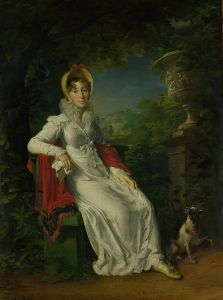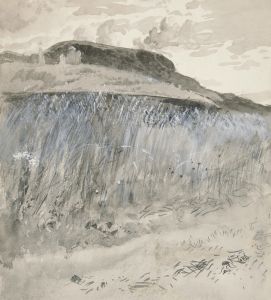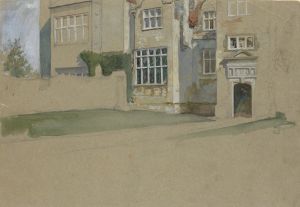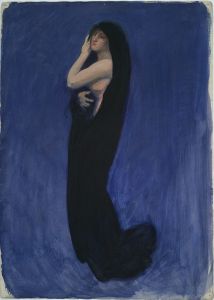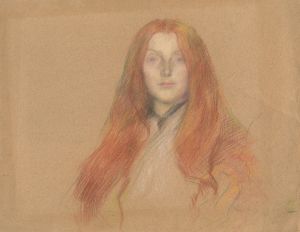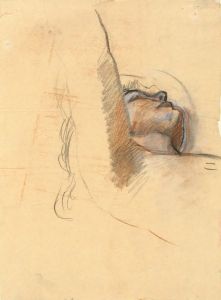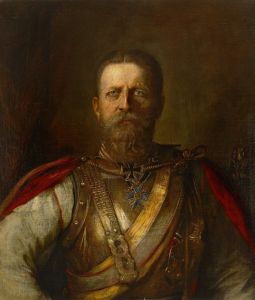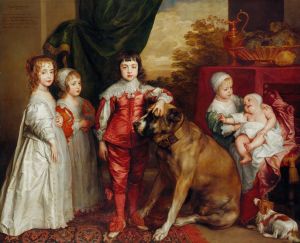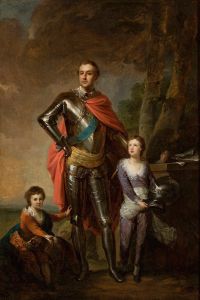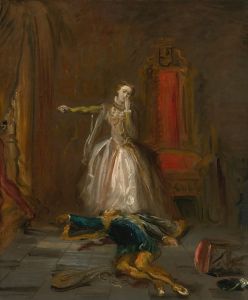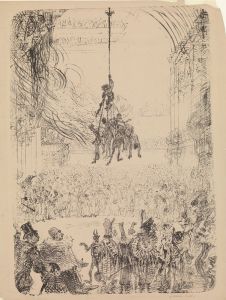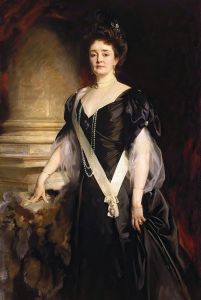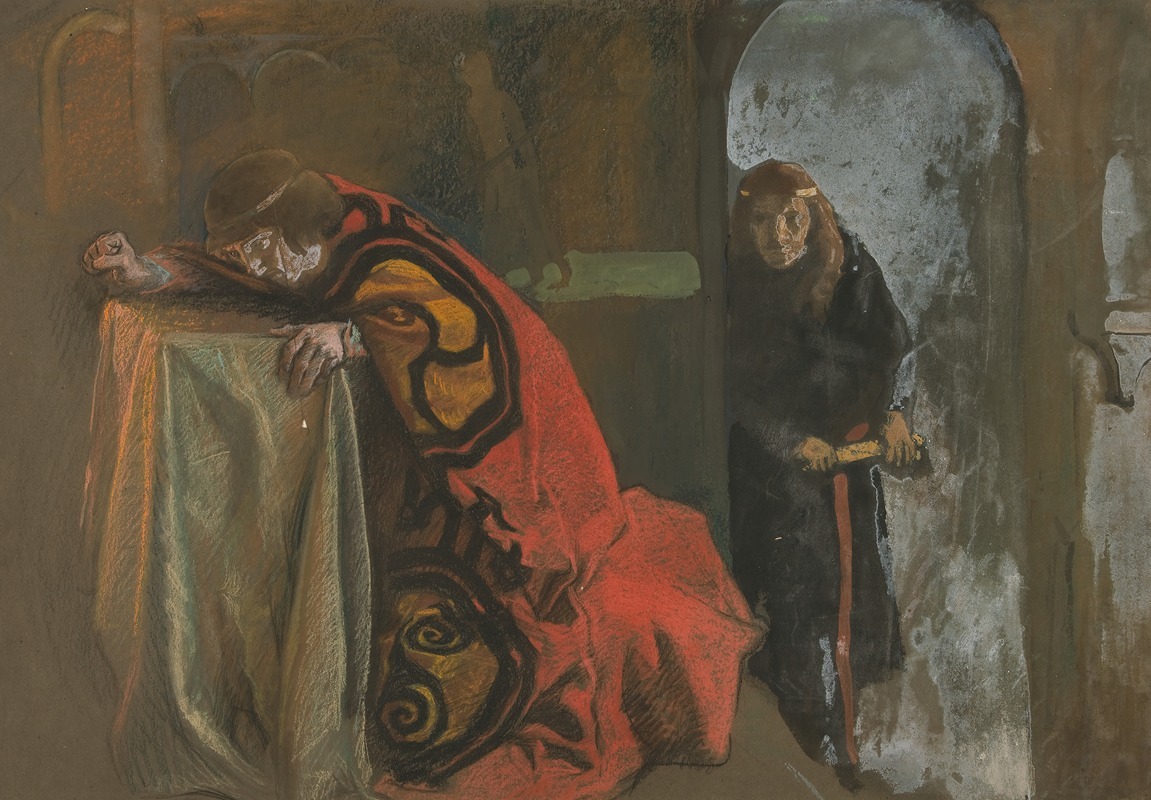
Hamlet; ‘Now might I do it,’ Act III, Scene 3, Hamlet
A hand-painted replica of Edwin Austin Abbey’s masterpiece Hamlet; ‘Now might I do it,’ Act III, Scene 3, Hamlet, meticulously crafted by professional artists to capture the true essence of the original. Each piece is created with museum-quality canvas and rare mineral pigments, carefully painted by experienced artists with delicate brushstrokes and rich, layered colors to perfectly recreate the texture of the original artwork. Unlike machine-printed reproductions, this hand-painted version brings the painting to life, infused with the artist’s emotions and skill in every stroke. Whether for personal collection or home decoration, it instantly elevates the artistic atmosphere of any space.
Edwin Austin Abbey's painting "Hamlet; ‘Now might I do it,’ Act III, Scene 3" is a significant work that captures a pivotal moment from William Shakespeare's tragedy "Hamlet." Abbey, an American artist known for his illustrations and paintings, created this artwork as part of his broader interest in Shakespearean themes. The painting is part of a series of works by Abbey that depict scenes from Shakespeare's plays, showcasing his dedication to bringing literary classics to life through visual art.
The scene depicted in Abbey's painting is one of the most critical moments in "Hamlet." It occurs in Act III, Scene 3, where Prince Hamlet finds King Claudius alone, praying. This moment is crucial because Hamlet has the opportunity to avenge his father's murder by killing Claudius. However, Hamlet hesitates, contemplating the moral and spiritual implications of killing a man while he is praying. Hamlet fears that killing Claudius during prayer would send Claudius's soul to heaven, which Hamlet believes would not be true revenge for his father's untimely death. This internal conflict is central to Hamlet's character and the play's exploration of themes such as revenge, morality, and indecision.
Abbey's painting captures the tension and drama of this moment. The composition likely focuses on Hamlet's expression and body language, conveying his inner turmoil and hesitation. The setting, lighting, and other visual elements would be designed to enhance the emotional impact of the scene, drawing viewers into Hamlet's dilemma. Abbey's attention to detail and ability to convey complex emotions through his art are evident in this work, as in his other Shakespearean paintings.
Edwin Austin Abbey was born in 1852 in Philadelphia, Pennsylvania. He began his career as an illustrator, working for publications such as Harper's Weekly. Abbey's interest in Shakespearean subjects developed over time, and he eventually moved to England, where he spent much of his career. His work is characterized by its historical accuracy, attention to detail, and ability to capture the essence of literary scenes. Abbey's paintings and illustrations have been praised for their ability to bring literature to life, making them accessible and engaging to a broad audience.
Abbey's Shakespearean series, including the "Hamlet" painting, reflects his deep appreciation for the Bard's work and his skill in translating text into visual art. His paintings often feature rich colors, intricate details, and a strong sense of atmosphere, all of which contribute to their enduring appeal. Abbey's work has been exhibited in various galleries and collections, and he remains an important figure in the history of American art, particularly for his contributions to the illustration and interpretation of literary classics.
In summary, Edwin Austin Abbey's "Hamlet; ‘Now might I do it,’ Act III, Scene 3" is a masterful depiction of a key moment in Shakespeare's "Hamlet." The painting captures the complexity of Hamlet's character and the moral dilemmas he faces, showcasing Abbey's talent for bringing literary scenes to life through his art. Abbey's work continues to be celebrated for its historical accuracy, emotional depth, and artistic skill.





